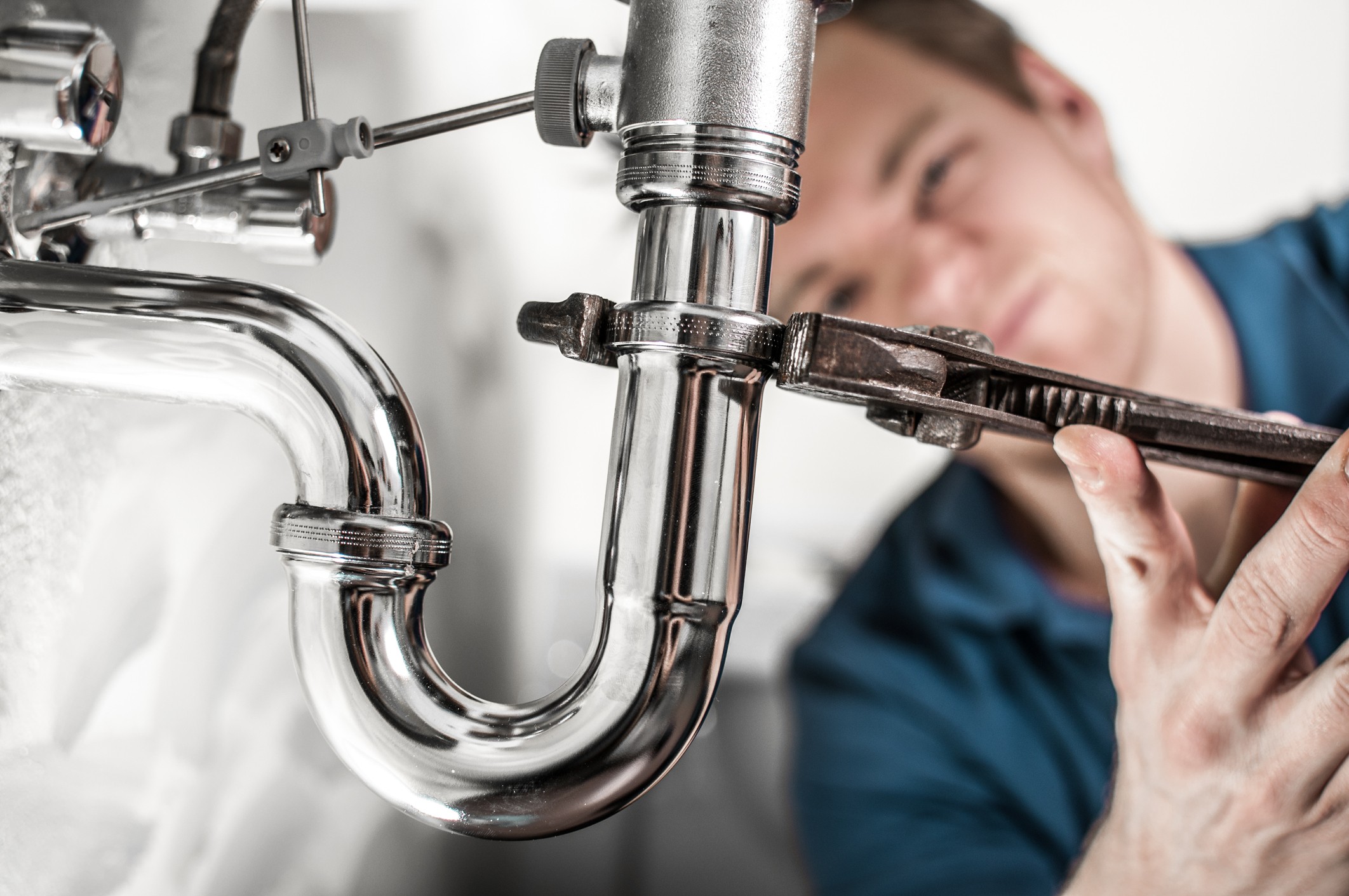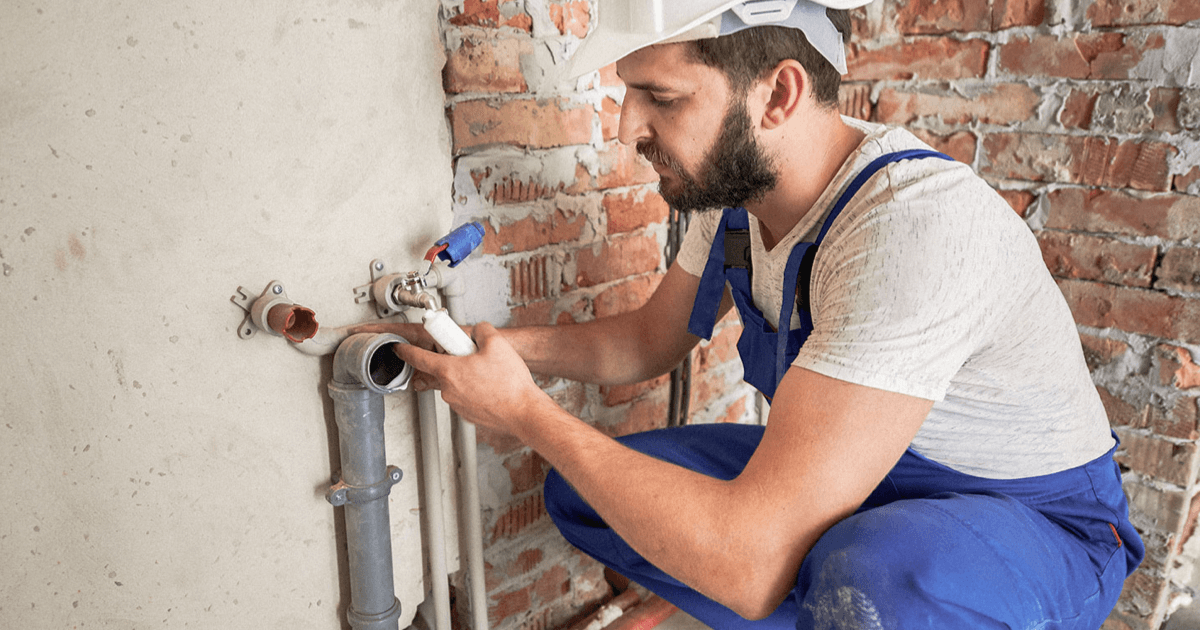Comprehensive Plumbing Alabaster AL Solutions for Your Home
Comprehensive Plumbing Alabaster AL Solutions for Your Home
Blog Article
A Step-by-Step Overview to Effective Water Heating System Installation for Optimum Efficiency
Beginning on the job of mounting a water heating unit is an endeavor that requires precision and a methodical strategy for achieving optimum efficiency. As you proceed, the details of attaching water supply lines and establishing up trusted electrical or gas links wait for, promising insights into making certain effectiveness and dependability.
Selecting the Right Water Heating Unit

Following, consider the dimension and ability of the hot water heater. It's essential to assess your home's warm water requirements, which can differ based on the number of residents and their use patterns. A device that's also little may result in not enough warm water, while an oversized model might cause unneeded power consumption.
Performance rankings also play an essential role in option. Look for hot water heater with high Energy Aspect (EF) scores, showing exceptional performance and reduced energy use. Tankless designs, though commonly more expensive in advance, deal significant power cost savings over time as a result of their on-demand heating capabilities.
Preparing the Installment Area
Before mounting a new water heating unit, meticulous prep work of the installation location is necessary. It's critical to determine the area thoroughly to fit the water heating unit's dimensions, making sure appropriate clearance around the device for effective procedure and maintenance.
Next, get rid of any particles, dust, or obstructions from the site to develop a clean setting. Check the floor for security, as the hot water heater will certainly need a strong, degree surface area to run efficiently. If necessary, set up a drip frying pan under the device to capture potential leakages or spills, preventing water damages to the surrounding area. In regions prone to seismic activity, think about setting up seismic bands to secure the heating unit strongly in position.
In addition, make sure that all necessary devices and products get on hand before commencing the setup. This consists of items such as wrenches, screwdrivers, a level, and any type of extra equipment required for protecting the heating unit and installing. A well-prepared setup location sets the structure for a successful hot water heater setup, maximizing performance and safety.
Connecting Water Lines
When connecting supply of water lines to your newly installed water heater, it is important to guarantee that all links are protected and leak-free to keep effective procedure and avoid water damages. Begin by recognizing the hot and chilly supply of water lines. The cold water inlet is normally marked with a blue label or a "C", while the warm water outlet is marked with a red label or an "H".
Use adaptable water heater connectors to facilitate a less complicated setup process. These ports can absorb resonance and permit small movement, reducing the danger of leaks. Prior to connecting the adapters, position a plumber's tape around the threaded ends of the water heater's inlet and electrical outlet pipes - Drain Cleaning Alabaster AL. This tape works as a sealant, avoiding leakages. Thoroughly attach the adaptable hose pipes to the respective inlet and electrical outlet, making certain that they are not over-tightened but limited, which can harm the threads.
As soon as links are in area, slowly switch on the primary supply of water valve. Evaluate each link for leaks by aesthetically really feeling and checking for wetness. Tighten up links as necessary, and make sure the stress relief valve is properly mounted, guarding versus too much stress accumulation.
Establishing Up Electric or Gas Links
Properly setting up the electric or gas links for your water heating system is a vital action to ensure efficient and secure operation. For electric water heating systems, start by confirming that the electrical circuit is compatible with the heater's voltage and amperage demands.
For gas hot water heater, safety is vital. Confirm that the gas supply is off before proceeding. Connect the gas line to the water heating system using a flexible gas connector, guaranteeing it is effectively threaded and secured with pipeline joint substance or Teflon tape ideal for gas links. Tighten up the links with a wrench, taking care not to over-tighten (Water Heater installation Alabaster AL).
Once links are made, inspect for any type of possible leakages. For gas lines, apply a soapy water option to the joints; bubbles suggest a leakage. For electric connections, verify that all circuitry is safe and secure and effectively protected, preserving conformity with regional electrical codes.
Testing and Readjusting for Effectiveness
With the electrical and gas links securely in position, the following action is examining the operational effectiveness of your hot water heater. Begin by very carefully activating the water system and ensuring there are no leakages at any of the shutoffs or joints. When validated, continue to load the storage tank, focusing on the pressure and temperature level settings. It is a good idea to set the thermostat to a recommended temperature of around 120 ° F(49 ° C) to stabilize energy effectiveness and convenience.
Following, perform a complete assessment to make sure the home heating aspects or burner are functioning properly. For electrical heating units, make use of a multimeter to verify if the aspects are attracting the appropriate current. In linked here gas designs, observe the burner fire; it ought to be blue and consistent, suggesting effective burning.
Adjust the setups as needed to get rid of inefficiencies. Consider carrying out insulation procedures, such as including a hot water heater blanket, to even more improve performance by decreasing warm loss. Additionally, examine the anode pole's condition, as a deteriorated pole can reduce performance and bring about container deterioration.
Verdict
Reliable water heating unit installment is vital for ensuring optimal performance and power savings. Securely linking water supply lines and carefully setting up electrical or gas links lessen prospective issues.

Appropriately setting up the electrical or gas links for your water heating unit is an essential step to make certain effective and secure procedure. For electric water heating systems, begin by confirming that the electrical circuit is suitable with the heater's voltage and amperage requirements. Attach the gas line to the water heating content system making use of an adaptable gas adapter, ensuring it is correctly threaded and secured with pipe joint substance or Teflon tape suitable for gas connections.
Report this page